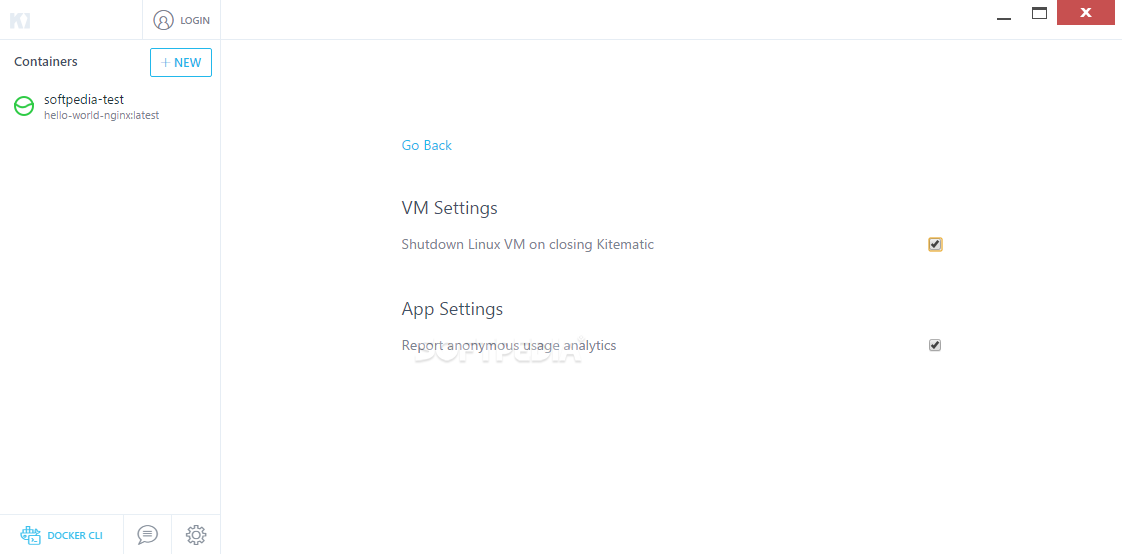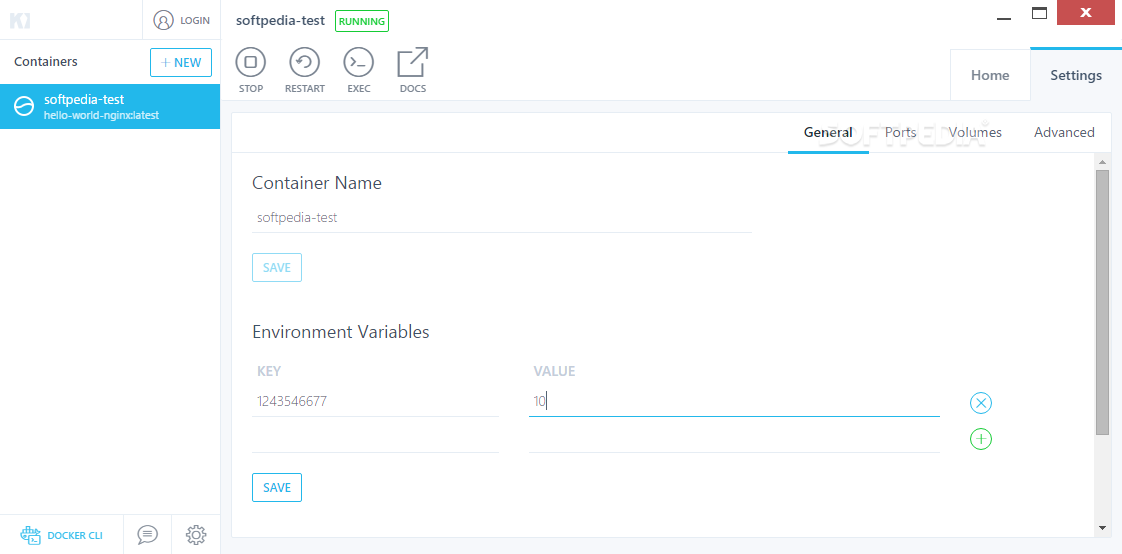
A GUI to abstract core information from the CLI.The Docker Desktop Dashboard offers the following :

It provides a simple interface that enables you to interact with containers and applications and manage the lifecycle of your applications directly from your machine. With this context now, let us check the TOP 6 GUI tools for managing Docker environments.ĭocker Desktop Dashboard has been introduced in the latest release of Docker Desktop. Below GUI tools extensively uses API to interface with the Docker engine. Everything the Docker client can do can be done with the API. The Docker API has allowed limitless options for interfacing with Docker engine, containers, and images to emerge from CLIs to desktop applications and web-based management tools. Docker provides an API for interacting with the Docker daemon (called the Docker Engine API). Containers can get native access, each one running in a discrete process, taking no more memory than any other executable.ĭocker as we know, is an open platform for developers and sysadmins to build, ship, and run distributed applications, whether on laptops, data center VMs, or the cloud. They have better performance characteristics than virtual machines that only get virtual access to host resources through a hypervisor.

#Install kitematic on windows 10 software
Containers take up less space than VMs (container images are typically tens of MBs in size), and start almost instantly.Ī container image is a lightweight, stand-alone, executable package of a piece of software that includes everything needed to run it: code, runtime, system tools, system libraries, settings.Ĭontainers run apps natively on the host machine’s kernel. Multiple containers can run on the same machine and share the OS kernel with other containers, each running as isolated processes in userspace. Before we start, a little bit of intro on Containers, its an abstraction at the app layer that packages code and dependencies together.


 0 kommentar(er)
0 kommentar(er)
